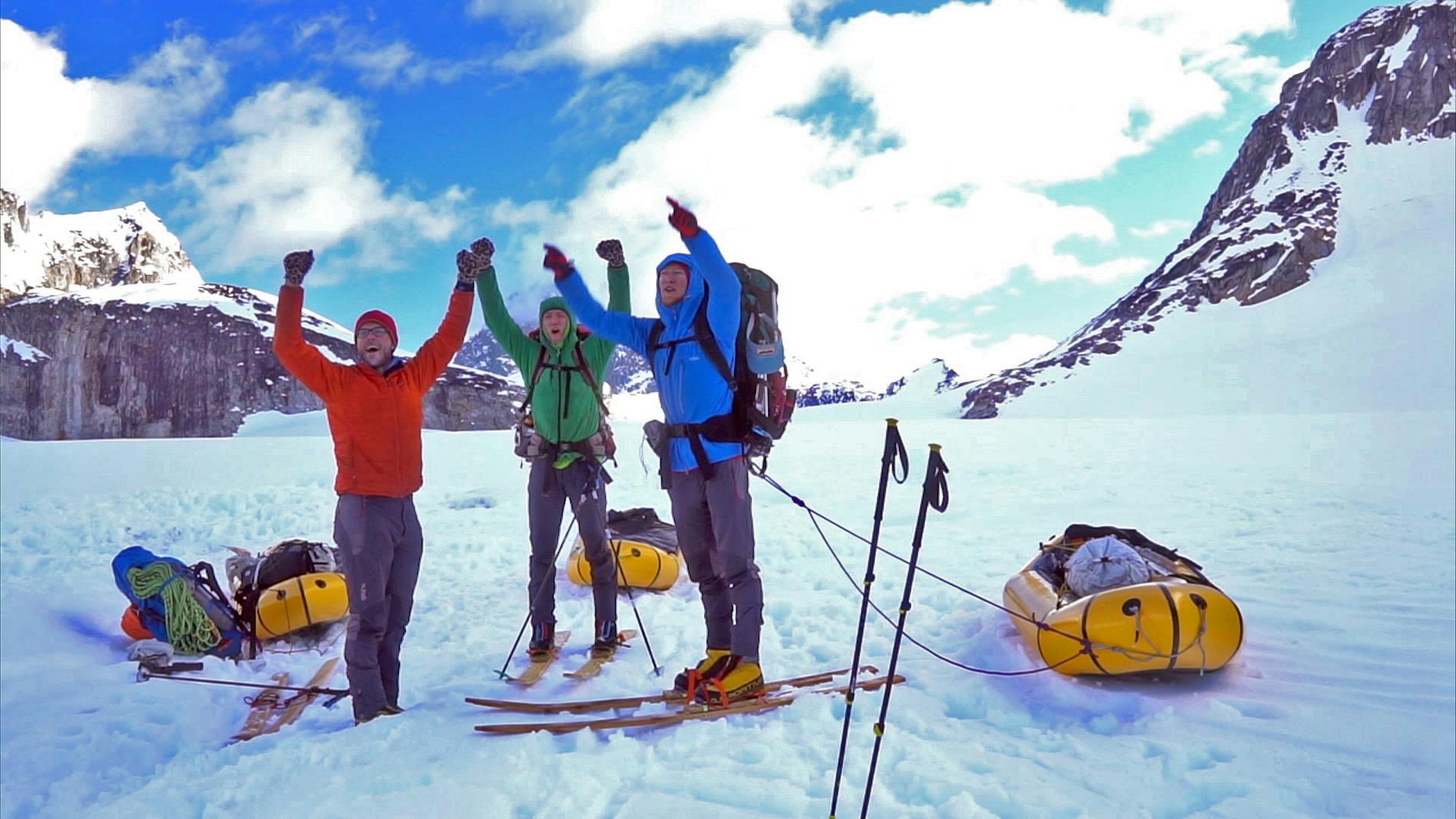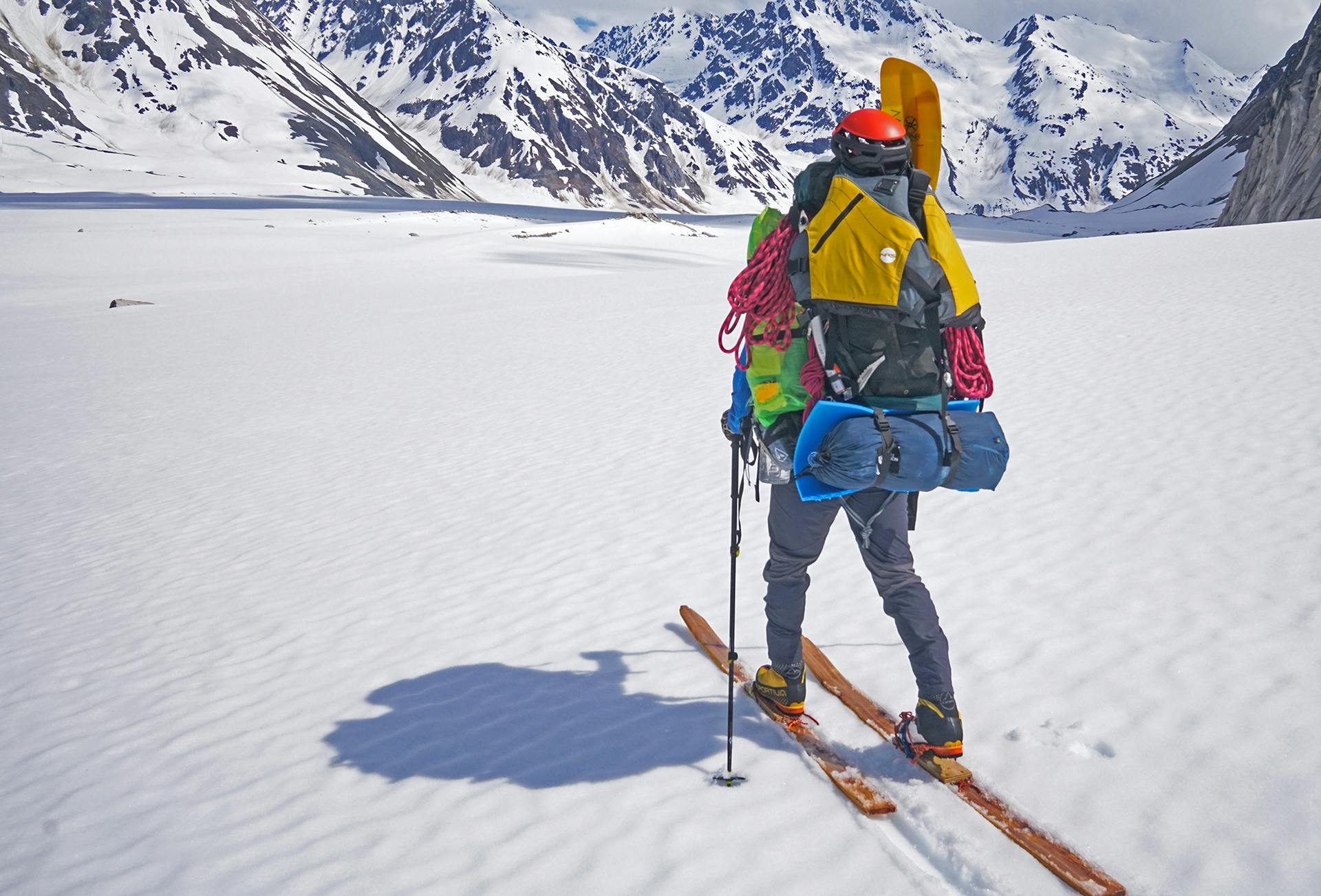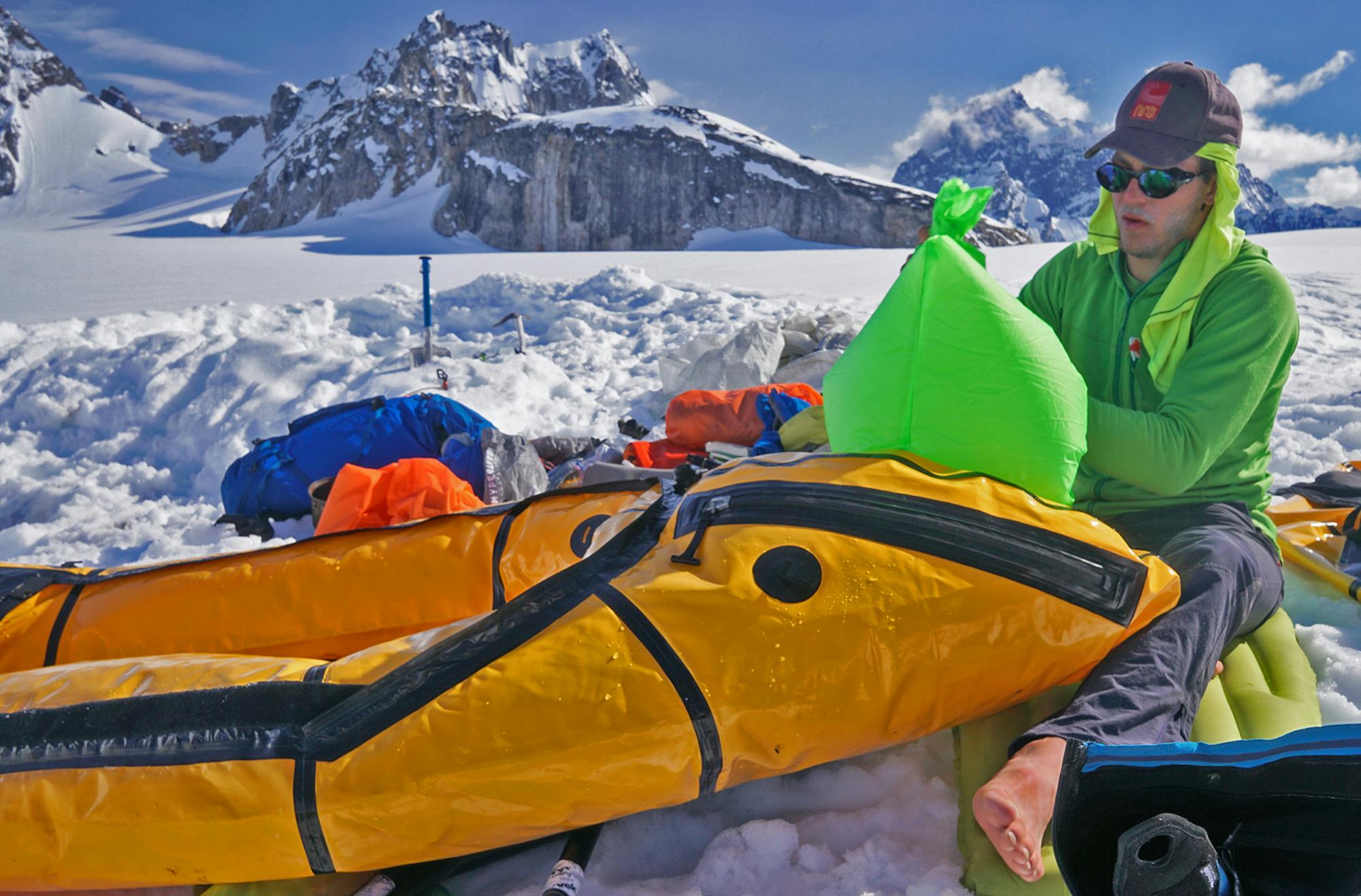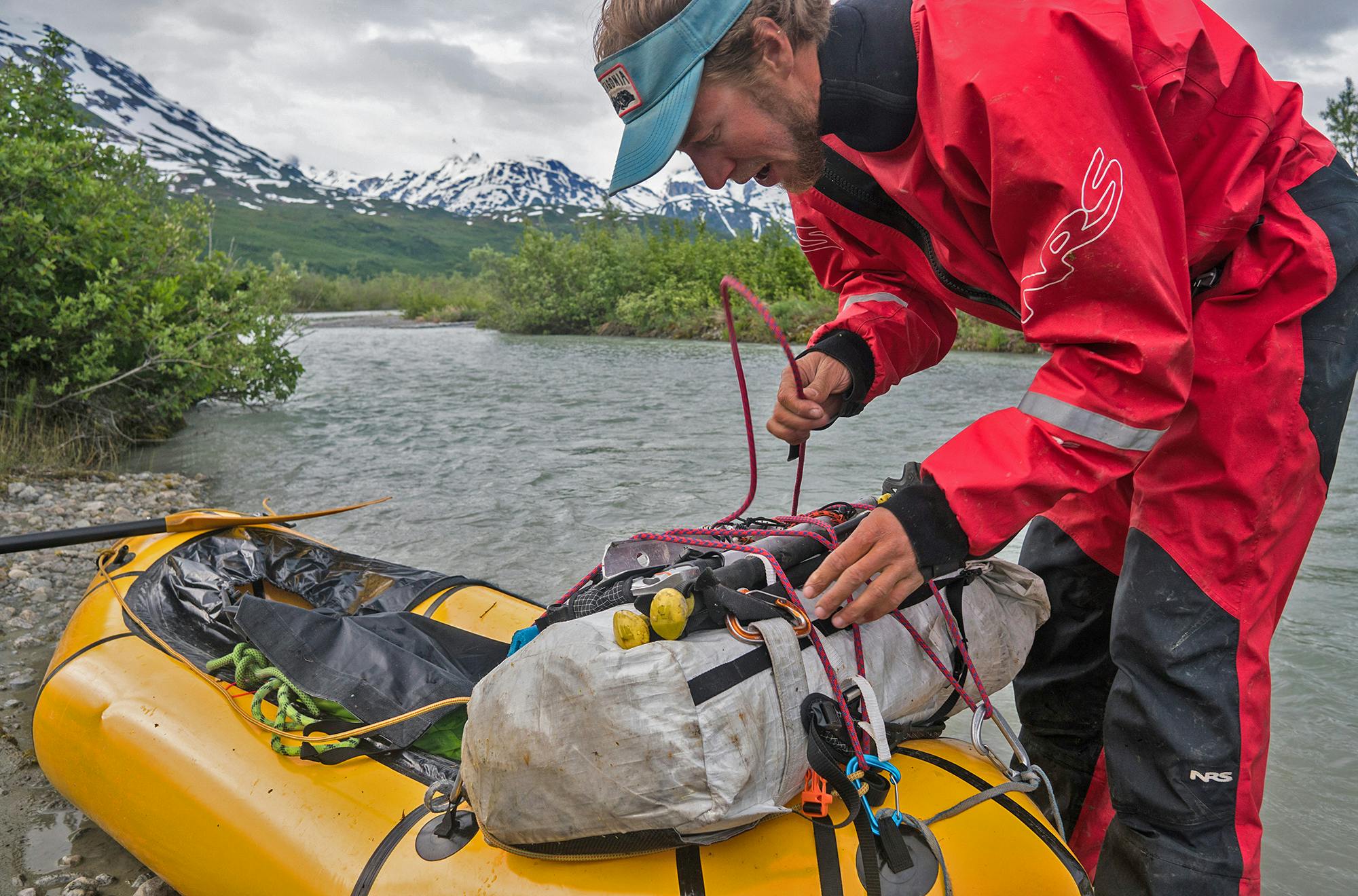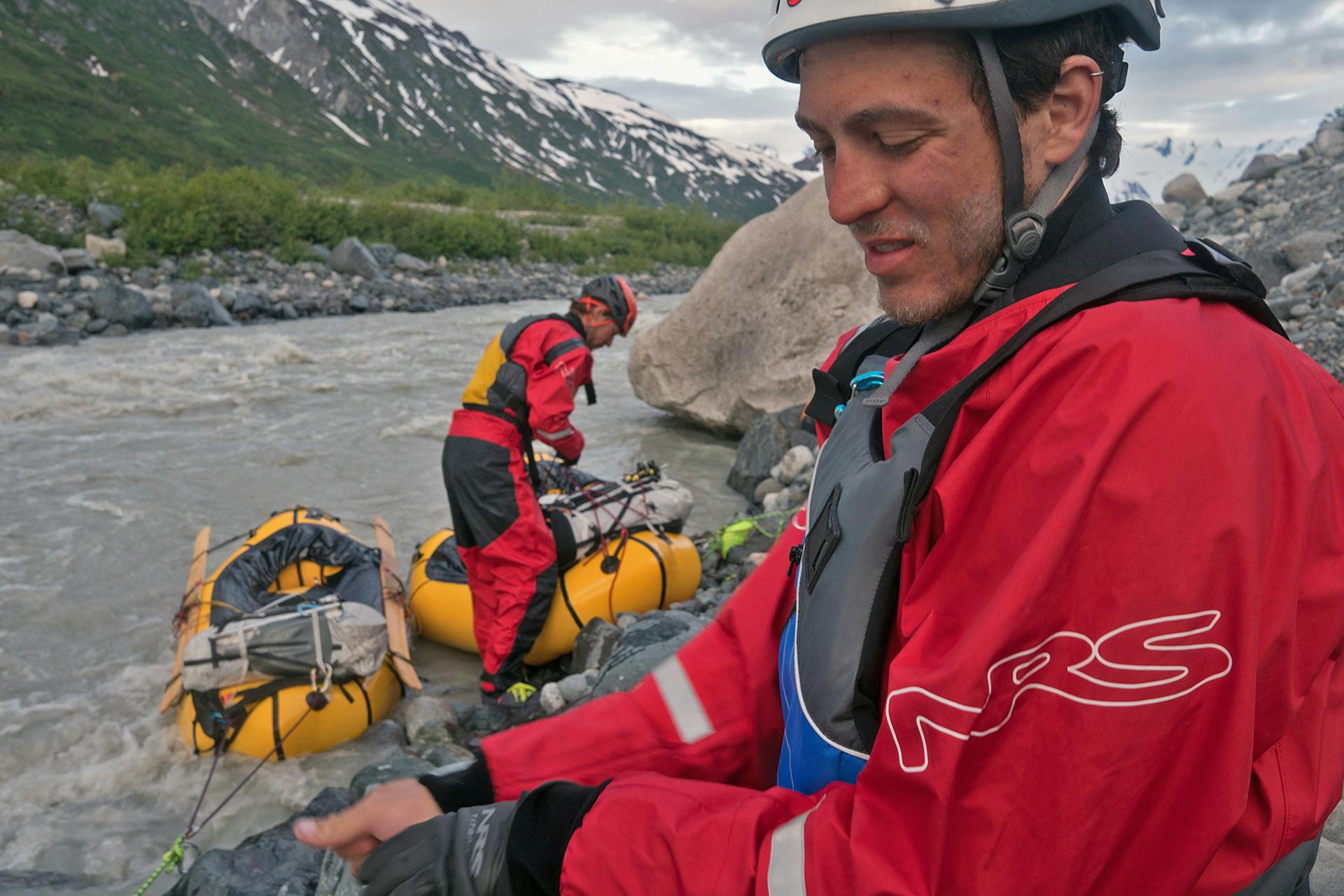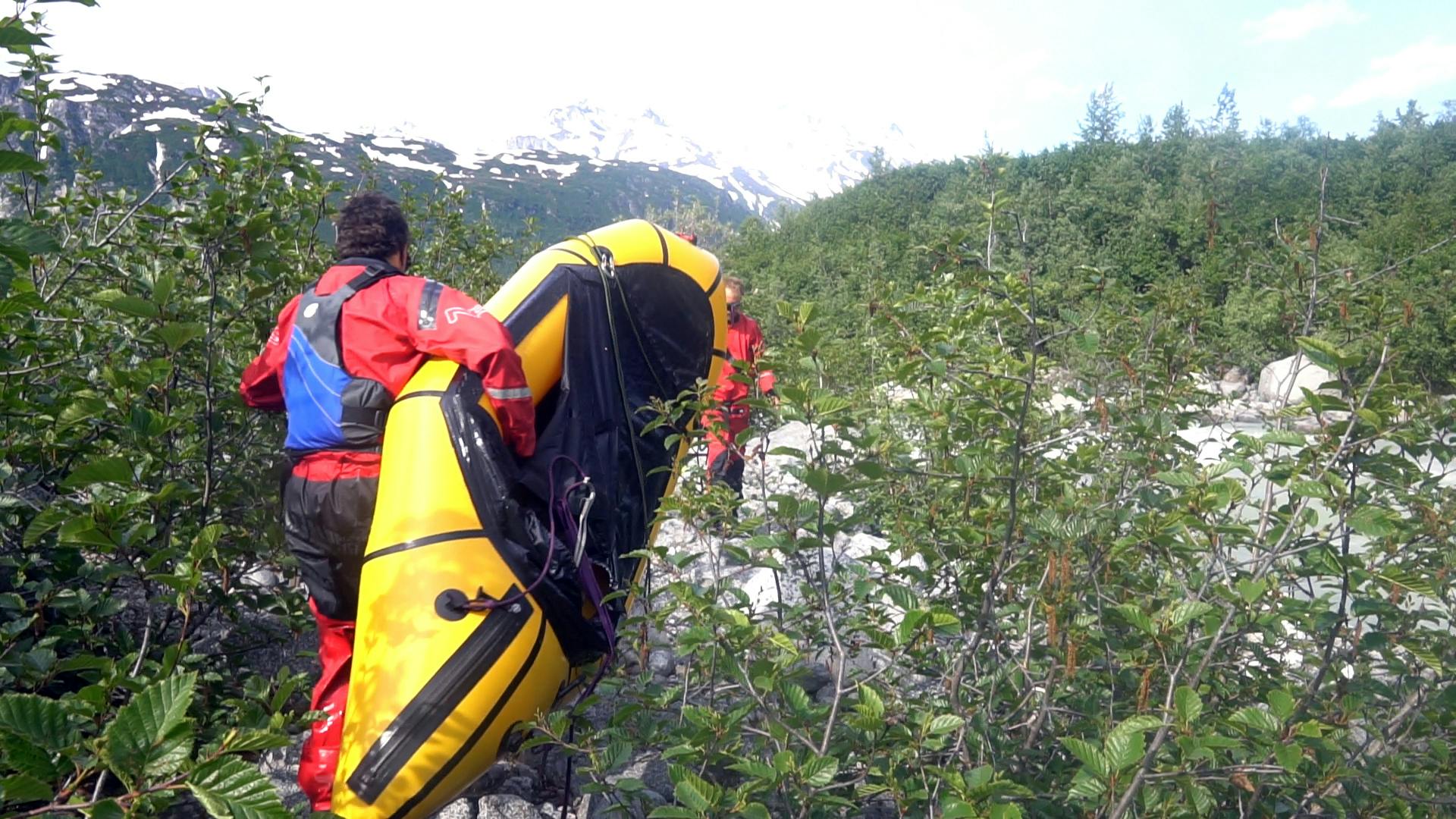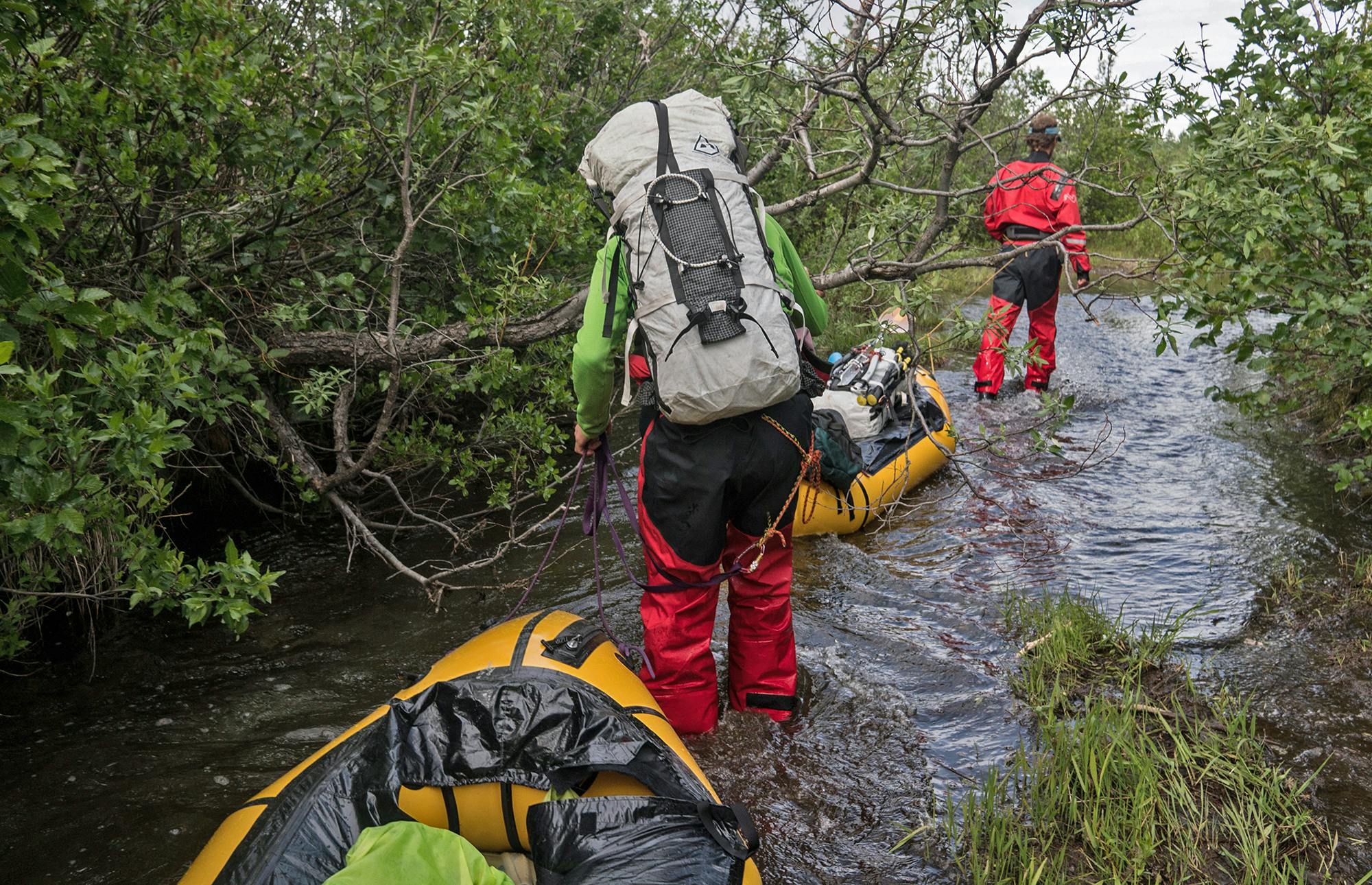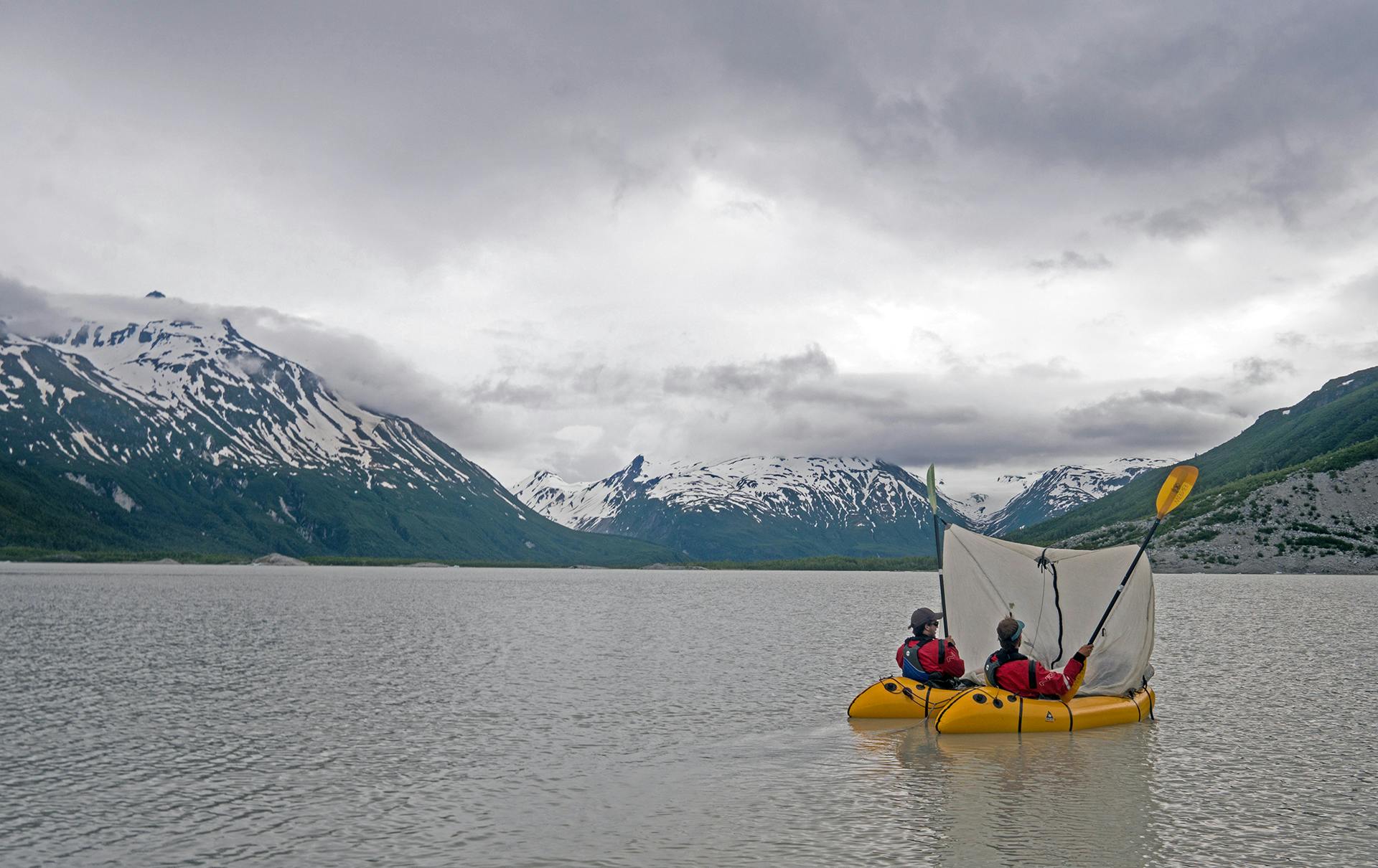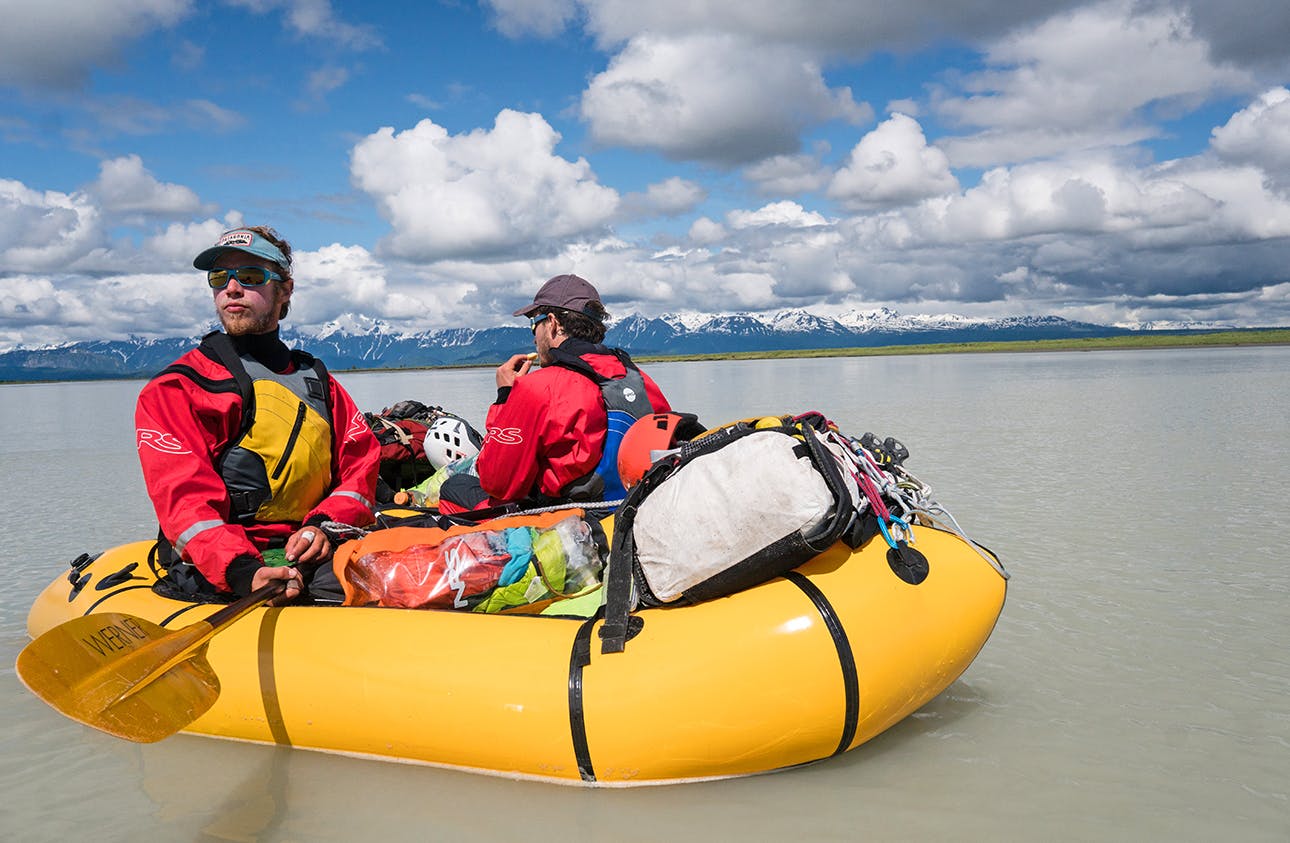Adventurer-Artist Craig Muderlak Shares Photos & Stories of his DIY Alaska Adventure
May 2016, the trio of David Fay, Drew Thayer and Craig Muderlak spent more than three weeks skiing on homemade skis into a remote Alaskan Glacier to climb first ascents of rock, ice and snow routes on unclimbed spires and peaks before packrafting and bushwhacking out. They carried 100-lb. loads over high mountain passes and across unknown terminal moraines to a river of unknown difficulty. Alpacka Raft loaned them the packrafts they needed for their final exit. Over a week in April, @craigmuderlaks shared his story through photos and extended captions on Instagram, Facebook and Twitter. We’ve added additional photos to this blog. Thanks to Craig for this Insta-takeover.
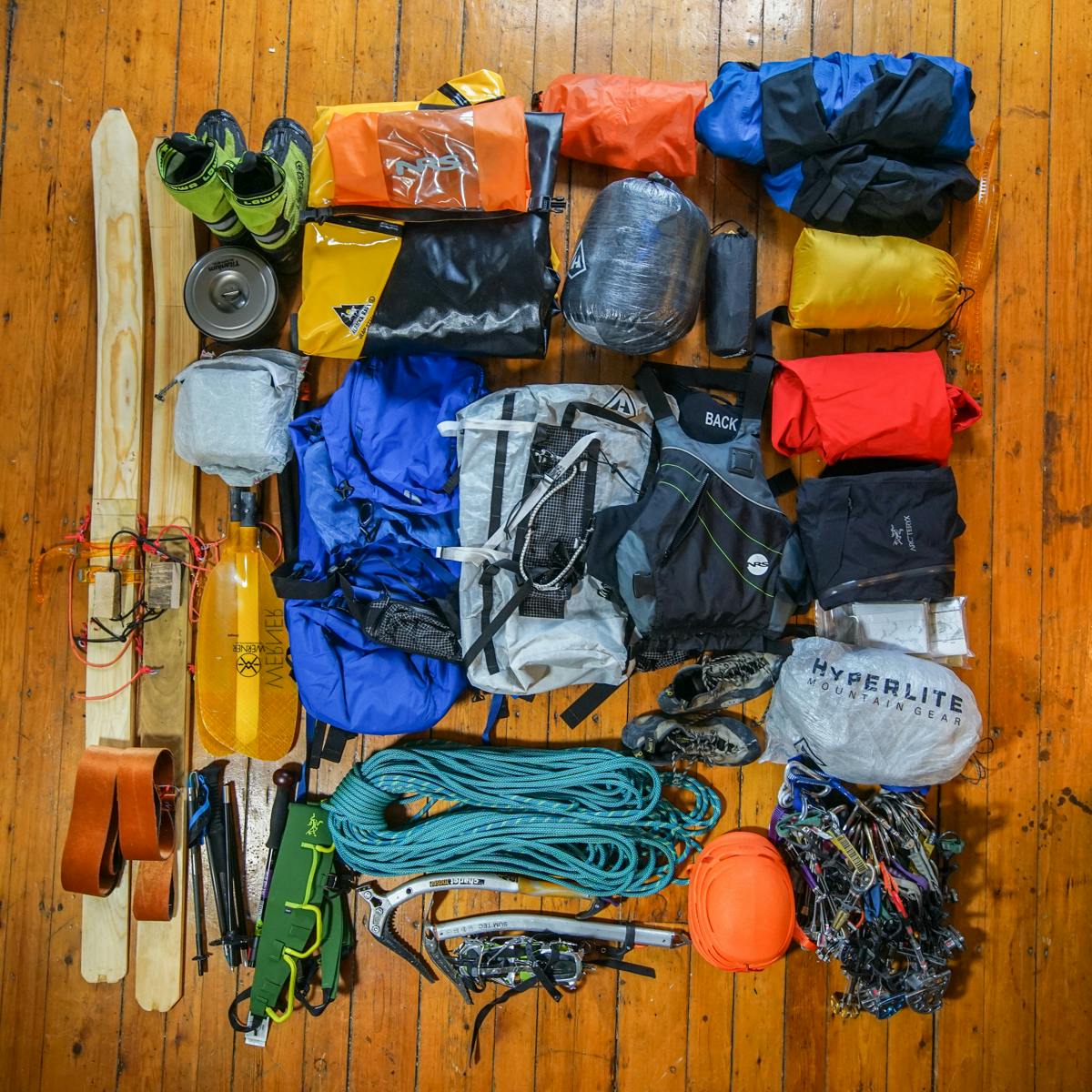
“The second week of May we flew into the North Fork of the Pitchfork Glacier in the Neacola subrange of the Aleutian Range in southwestern Alaska.”
